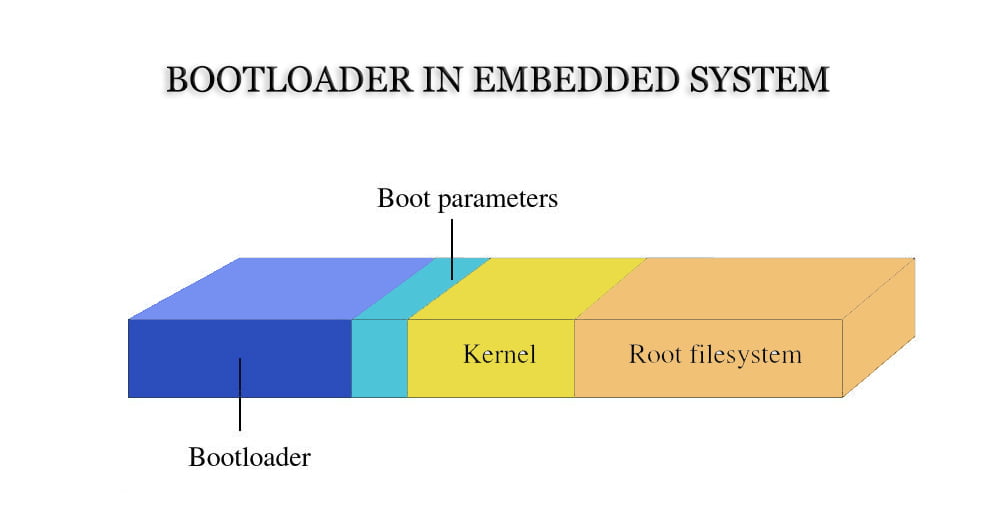Anyone who has ever worked in an electronics or manufacturing facility knows how challenging it can be to understand the schematics and blueprints of new devices. Engineers have to reverse engineer complex circuits so they can create them again from scratch. If you’re interested in a career as an electronics engineer, you will need to understand this process completely before moving on with your education.
Understanding reverse engineering is also important if you want to work in a manufacturing environment where engineers are constantly breaking down and rebuilding different parts. Even if you aren’t an engineer but simply someone curious about how these things work, knowing the basics of reverse engineering electronics will give you the knowledge that you need to understand how and why these circuits are built the way that they are.
What is Reverse Engineering?
Reverse engineering is the process of taking apart an existing product to understand how it works. The goal of the process is to create a new product based on this information. This process is commonly used in PCB manufacturing industries, in particular when creating a new product based on an existing product that is no longer being manufactured. It can also be useful in other fields, such as when trying to figure out how a machine works or even trying to solve a puzzle. To reverse engineer circuit boards or any other products, you have to break it down into its components and understand how they work. Once you do this, you can use this knowledge to create something new or try to solve a problem.
Identifying Schematic Diagrams
One of the first steps to reverse engineering is analyzing the schematic diagram. This circuit diagram shows how the electrical components are connected. Engineers create schematic diagrams as part of the design process so they can test different components and ensure that they are properly connected. You can find schematic diagrams on the Internet or in the documentation that comes with the product.
These are often very detailed, which can make them difficult to understand at first. One trick that can make them easier to comprehend is to create a circuit diagram of your own that incorporates the same components. This will help you understand how the schematic diagram works. If you are analyzing a new product, make sure that you get it disassembled before you start drawing schematic diagrams. This will allow you to see the connections between components more easily.
Identifying Electronic Parts
Once you’ve broken down the schematic diagram and understand how each component is connected, you need to identify the parts that are used by each circuit. There are lots of different types of electronic components, and some of them have very unusual names that might not make sense to you. Fortunately, some websites list commonly used components and provide some basic information about each one.
You can use these websites to figure out what components you should be looking for in the schematic diagram. You can also use a circuit analyzer to help you identify parts. Circuit analyzers are special tools that are designed to test electronic components. They can check voltage, current, and even what type of electronic components are being used in the circuit.
Identifying Electronic Functions
Once you’ve identified the individual components of a schematic diagram, you can try to figure out what each of these components does. You can do this by looking up each component in a parts catalog or online. You can also use a circuit analyzer to see what voltage or current is being produced by each component. This will help you understand how the circuit works at a basic level.
One common method to reverse engineer a circuit diagram is to use a technique called “treeing.” To tree a circuit diagram, you would start at the end of the diagram with the end result you want (for example, a certain light turning on). Then you would take a path back through the diagram that leads you to the component that controls this function. Keep “treeing” back through the diagram until you get to the main components. When you’ve finished, you’ll have a good idea of how everything is wired together.
Reverse Engineering Strategies
Once you’ve broken down a schematic diagram and understand the basic functions of the components, you can use that information to come up with a way to reconstruct the circuit. You can either build the circuit from scratch or use a program to recreate the schematic diagram. If you’re building a circuit from scratch, you should try to incorporate as many different electronic components as possible. This will allow you to gain a better understanding of how these components work. You should also try to follow standard design practices when building a circuit. This will help you create a circuit that is easier to understand when you come back to it later.
Conclusion
Reverse engineering is a complicated process, but it can also be extremely interesting and rewarding. By breaking down a product and trying to figure out how it works, you open yourself up to a new world of engineering and manufacturing secrets. It is important to remember that reverse engineering is a skill that takes time and practice to master. Start with simple products and circuit diagrams and work your way up from there.







